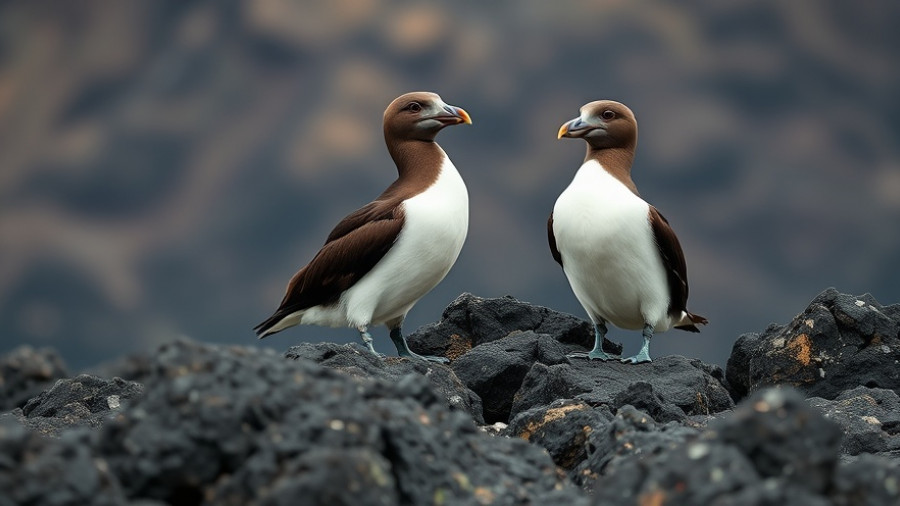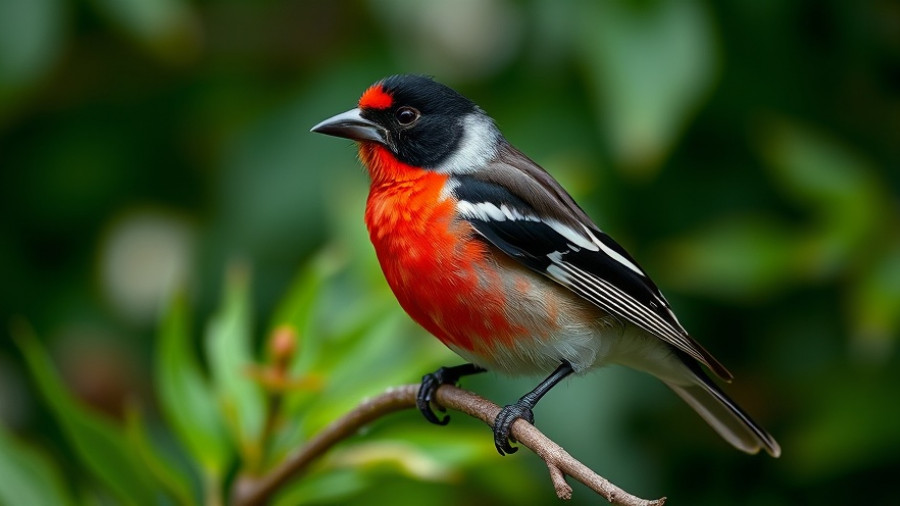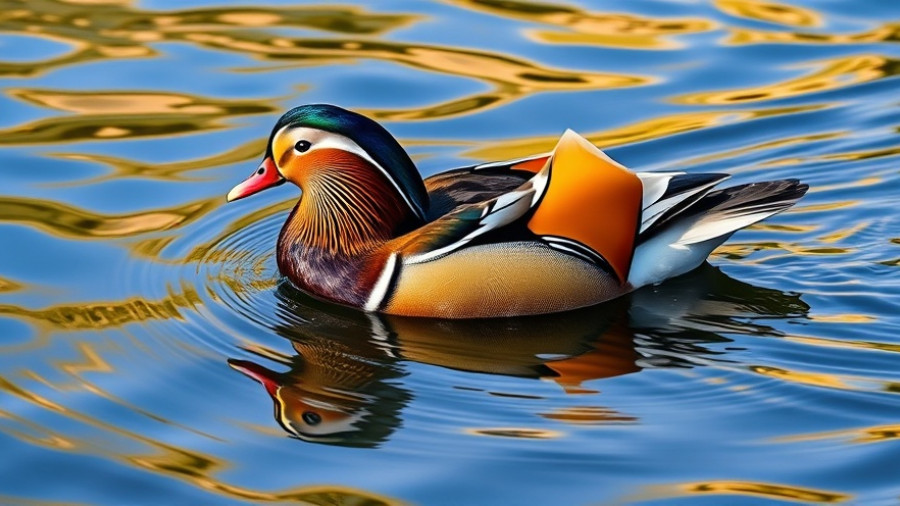
Understanding the Seasonal Lives of Northern Bobwhites
Throughout winter, Northern Bobwhites gather in groups called coveys to search for food during the day and share warmth at night. These small birds are remarkably social and display a unique huddling behavior: arranged in a circle with their tails in the center and heads outward, they create a cozy barrier against the frost and snow. This communal living not only fosters warmth but also ensures safety from predators in the harsher months.
The Transition of Love in Spring
As winter gives way to spring, the dynamics within these coveys shift dramatically. The once close-knit groups disband, and the northern bobwhites turn their attention to reproduction. Males begin whistling from prominent perches, vying for the attention of females. This courtship display is a vital component of their life cycle, demonstrating both the beauty of their communication and the urgency of their reproductive strategies.
The Journey of Raising Chicks
Pair bonding leads to the creation of nests, with a single pair often producing two to three broods a year. Once the chicks hatch, they are nearly self-sufficient. However, they rely on their parents, who lead them in search of food. With a capacity for producing numerous eggs—sometimes exceeding two dozen per brood—these birds showcase their evolutionary adaptation to survive predation by establishing strong familial structures.
The Cycle of Life Continues
As autumn approaches, the offspring begin to mature, and the bobwhite families will again converge into coveys, preparing for another winter together. This seasonal cycle of forming connections and nurturing new life underscores not only the resilience of bobwhites but also their integral role in the ecosystem.
Engaging with Nature
Observing these incredible creatures offers insight into the complex ecological relationships and seasonal behaviors that influence avian life. By fostering an appreciation for the natural world and raising awareness about these habits, we can promote conservation efforts aimed at protecting their habitats for generations to come.
If you're interested in deepening your understanding of avian life and contributing to conservation initiatives, consider engaging with local wildlife organizations and exploring the habits of your nearby bird species. Small steps can lead to significant impacts for wildlife preservation.
 Add Row
Add Row  Add
Add 




Write A Comment